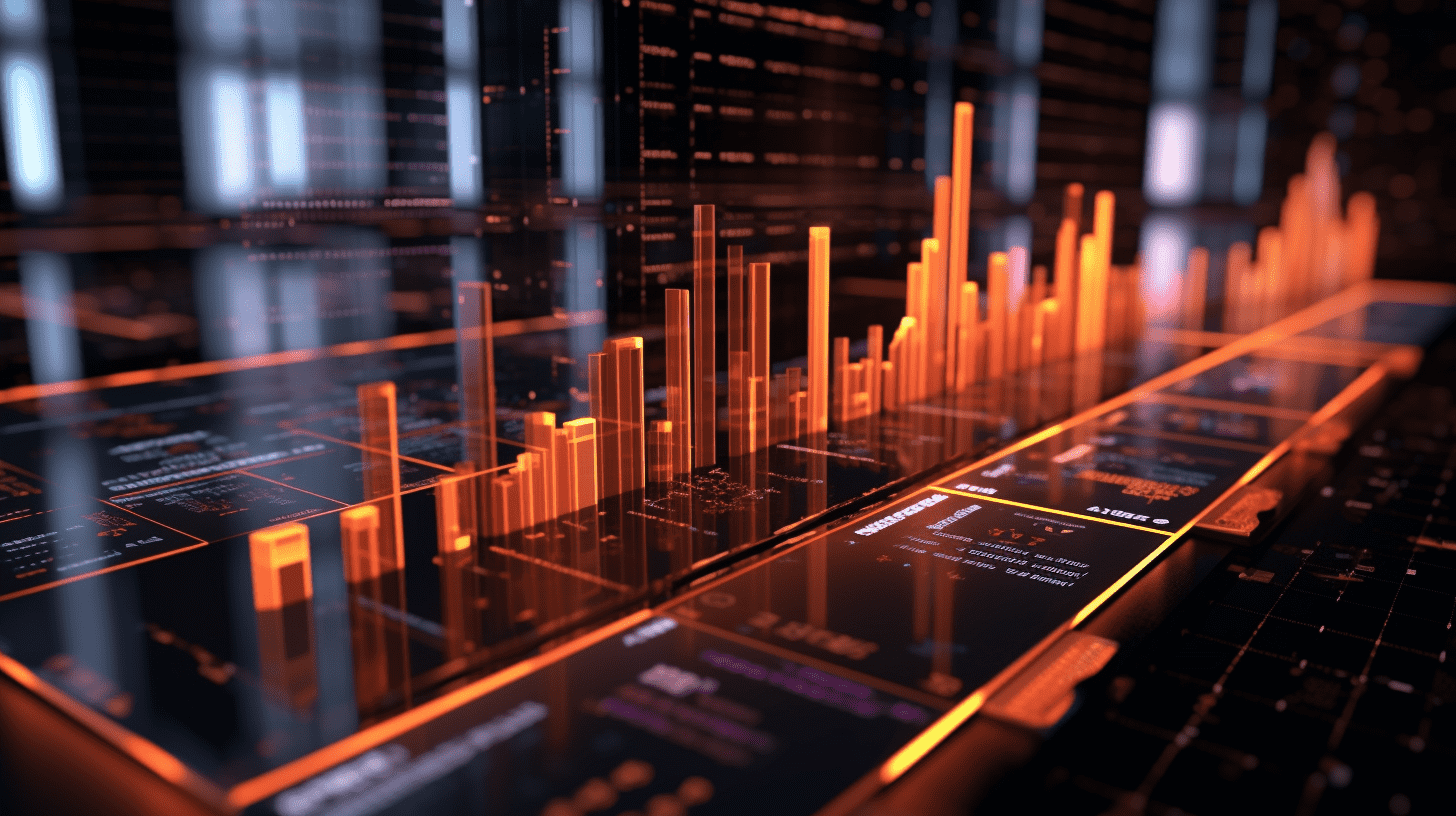
Minsheng Securities: AI-driven market trends are beginning to differentiate, with domestic technology giants increasing capital spending expected to drive investment in a wider range of fields to warm up.
Guosen Securities released a research report stating that for the technology sector internally, due to the different stages of industrial development and the differences and changes in market participants, the AI-driven market is beginning to differentiate: On the one hand, for traditional giants (such as Alibaba, operators, etc.), the reevaluation of AI-related businesses may drive overall valuation upgrades; on the other hand, for emerging companies, prior to performance realization, due to more diverse participants, pricing volatility is relatively higher, and when entering the realization period, they may face risks such as participant switching or realization falling short of expectations, leading to valuation downgrades.
Guosen Securities' main points are as follows:
1. Gyroscopic market for technology stocks.
This week (February 17-21, 202502) Chinese technology stocks continued to rise, driven by the successive landing of new catalysts. In terms of pricing features, recently Chinese technology stocks have shown the characteristics of short pricing times but large gains. In the future, the evolution of the technology sector may rely more on the continuous emergence of new catalysts. From the perspectives of trading activity and volatility, the current market shows extreme differentiation: market activity is rising and industry trading concentration has reached its highest point since 2010, while the volatility of the science, technology, innovation, and entrepreneurship board is on the rise, historically showing poor sustainability. From the perspective of participants, the recent market is mainly dominated by individual investors (margin trading, top buyers and sellers, etc.), and their pricing has reached a relatively extreme stage, while the participation of active equity funds, northbound funds, and ETF investors is average. This suggests that the current market may gradually enter a high volatility phase.
For the technology sector internally, due to the different stages of industrial development and the differences and changes in market participants, the AI-driven market is beginning to differentiate: On the one hand, for traditional giants (such as Alibaba, operators, etc.), the reevaluation of AI-related businesses may drive overall valuation upgrades; on the other hand, for emerging companies, prior to performance realization, due to more diverse participants, pricing volatility is relatively higher, and when entering the realization period, they may face risks such as participant switching or realization falling short of expectations, leading to valuation downgrades.
2. Reference to the U.S. experience: Chinese technology giants increasing capital expenditure are expected to drive investment in a broader range of sectors.
Chinese technology giants led by Alibaba are increasing their investment in the AI field, which may actually mark the departure from the past period of contractionary investment: the end of the low investment state of the past few years and the beginning of a new investment cycle. Looking at the U.S. experience since 2010, the sharp increase in capital expenditure growth rate of U.S. technology giants has a significant indicative impact on the investment growth rate at the macroeconomic level. In terms of specific sectors, the sharp increase in capital expenditure growth rate of the seven major American giants has a leading significance for the investment growth rate of sectors such as mining, construction, manufacturing, information, transportation, and warehousing. In other words, the sharp increase in capital expenditure by U.S. technology giants usually has an effect that spreads beyond their own industries and can often diffuse to other industries, bringing about an overall economic investment recovery.
Currently, the significant increase in capital expenditure by Chinese technology giants in the AI field may have a significance for society that is not limited to the AI field itself; resistance to balance sheet contraction on the investment side has emerged, and this may ultimately reflect an increase at the macroeconomic level.
3. Another transformation of market-oriented giants: relinquishing profits, improving distribution.
Recently, companies in China such as JD.com and Meituan have begun to contribute to social security contributions for their delivery drivers. Guosen Securities believes that this is actually an important signal that domestic companies are gradually starting to relinquish profits to improve labor returns and thus improve income distribution, especially for the social security of middle and lower income groups. Past experience generally suggests that increasing labor returns requires an increase in return on capital, but referring to the experience of the 1930s in the United States, the distribution to labor is not necessarily based on ROE and growth, but rather on the increase in government welfare spending. This year, with the increased intensity and scope of state subsidies, this is actually a specific policy manifestation of the government gradually supporting companies to prevent prolonged profit downturns. The introduction of policies to increase income and security for a larger group of people is beneficial for tapping into greater consumption potential.
However, for low-income groups represented by rural residents, the "upgrade" in consumption on consumer goods and services may not happen overnight. This kind of "consumption upgrade" may be difficult to reflect in the performance of listed companies at the moment, but this does not mean that there is no opportunity in the consumption sector, but rather that different consumer preferences need be identified compared to investors' previous "aesthetic": These consumer-focused companies do not rely on "price increases" and sales gross margins as their core source of profitability but rather achieve performance growth through "thin profits, high turnover."
4. Beyond the noise, focus on the new internal recovery momentum.
At present, the AI market is heading towards extremes, but there are new choices available on the macroeconomic scene. The contractionary operations of our market-driven enterprises are showing two major differentiations: the first type is transitioning to increased investment, moving towards new industrial development; the second type is improving distribution, with capital eventually relinquishing profits to labor, ultimately promoting consumption. The endogenous momentum of the Chinese economy is brewing: on the one hand, by referring to the American experience, the capital expenditure of Chinese technology giants in the AI field may spread to a broader range of sectors, thereby bringing about overall growth; on the other hand, past market-driven "monopoly" giants are also unable to "rest easy" and are beginning to optimize the capital-labor distribution relationship, ultimately improving total demand.
Guosen Securities recommends: First, as the domestic fundamentals gradually improve against the backdrop of expectations, domestic pro-cyclical consumption (branded clothing, food, beverages, home appliances, tourism, etc.) + midstream manufacturing (engineering machinery, special materials, chemical products, lithium batteries, etc.) + non-ferrous metals (copper, aluminum); second, under the physical asset logic, nominal interest rates will lag inflation, and globally-priced, US-dollar-denominated commodities will continue to be reevaluated, such as gold + crude oil, wherein, based on historical experience, the launch of gold stocks at the moment may depend on the confirmation of the shift in gold price centrality after the gold price increase slows down; third, low valuation + dividend, while also considering the decline in macroeconomic risks in China: banks, insurance.
Risk warning: Domestic economy falls short of expectations.Real estate policies have exceeded expectations; overseas economy has significantly declined; calculation errors.Je suis trs excit pour le concert ce soir!
RECOMMEND
©️2013 - 2025 GMT EIGHT Holdings. All Rights Reserved.
Contact: contact@gmteight.com


